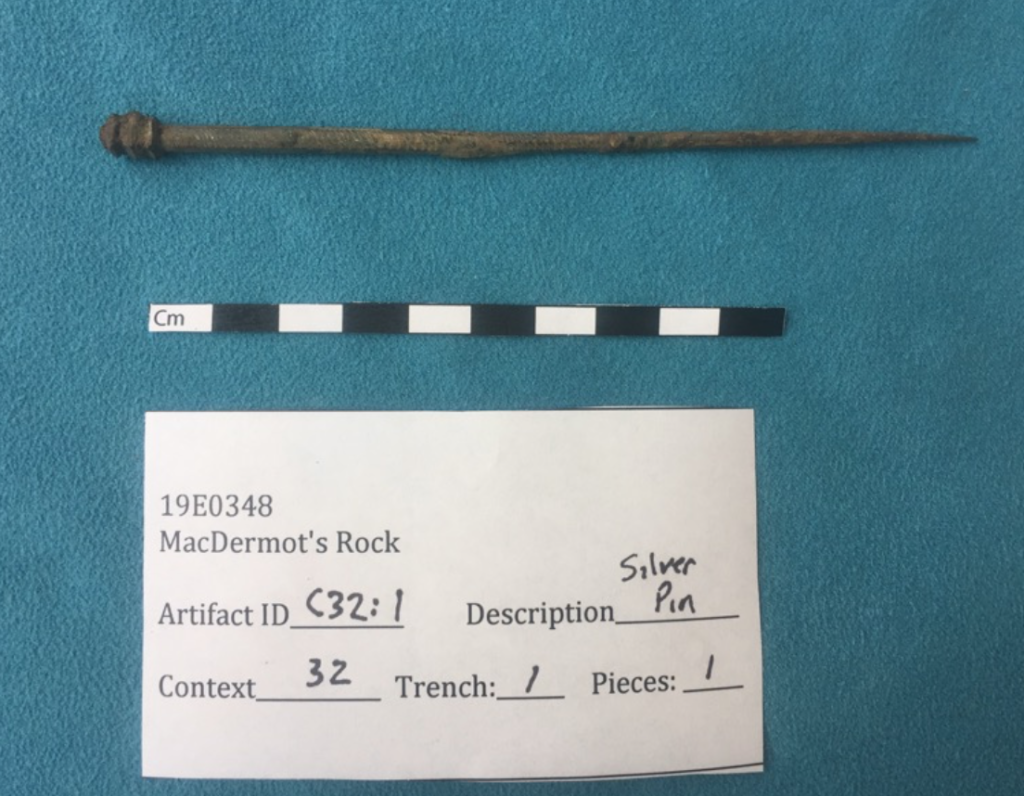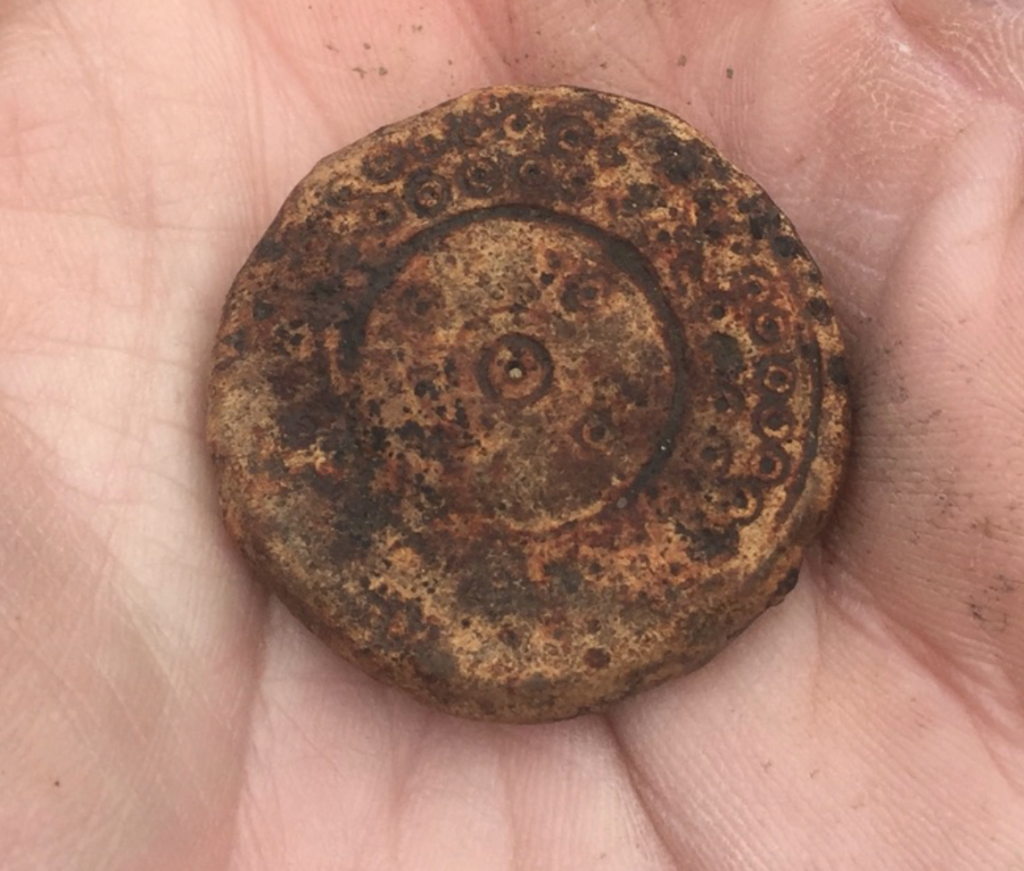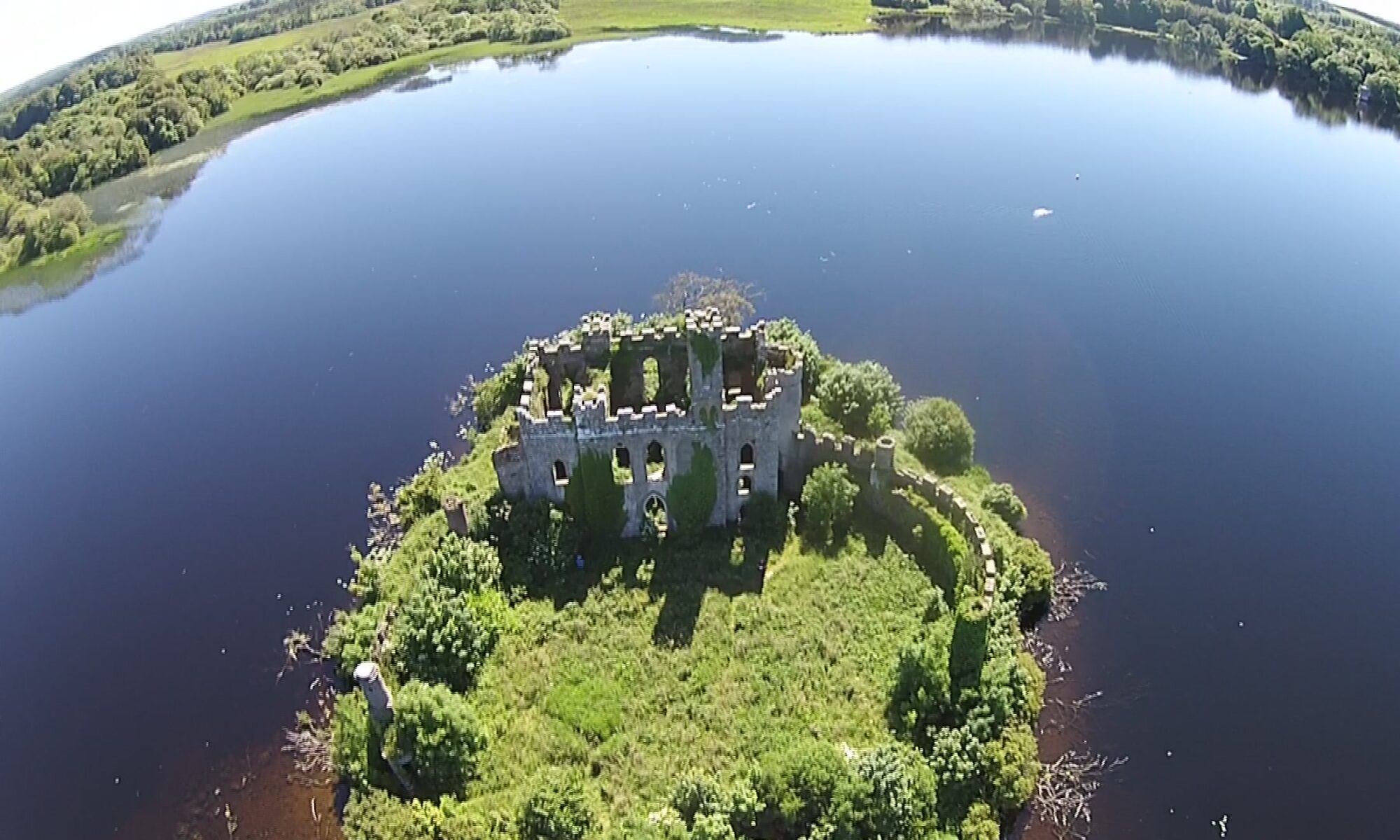The excavations on MacDermot’s Rock in 2019 were a complete success in that we were able to detail significant medieval elements of the island through archaeological stratigraphy and artifacts. This medieval settlement was clearly delineated and defined, and marks one of the most significant archaeological discoveries related to thirteenth century Gaelic settlement in the last few years.

Our present interpretation of the excavation can be summed up by stating that any and all features excavated on the island back to prehistory experienced a considerable number of buildings, destructions, rebuildings, and destructions. This in itself is not surprising, and the same sequence is often noted on sites like crannogs. However, in the case of MacDermot’s Rock, we also have significant body of historical material that details events through the medieval period in north Roscommon with mentions of events on the Rock. In particular, those references remark that MacDermots built and rebuilt the Rock on a number of occasions, and also that it was burned down several times, both intentionally and accidentally.

Significantly, two major burn events are noted in the annals, one in 1184 when lightning struck the island causing a fire that killed hundreds, and another in 1320 when the island was burned by the O’Conors. Based upon the artifacts discovered in C29 and C9, we would tentatively argue that the burn event noted in C29 is, in fact, the 1184 burn event, and that therefore Buildings 1 and 2 post-date the burn event, putting them squarely in the high medieval period and likely built as part of the MacDermot effort to create the lordly landscape that included the market town identified as the moated site on the mainland. This also puts the elements of the stone-walled cashel before 1180, meaning that the cashel wall could have been part of a fortification related to pre-MacDermot settlement on the island.

Few actual references to the island before the twelfth century are mentioned in the annals, but this is likely because the use of historians by the MacDermot lords did not commence until the late twelfth and thirteenth centuries as part of a wider adoption of using learned families as part of the MacDermot lordly entourage. A fifteenth century bardic poem to Tomaltach MacDermot by Tuathal O Higgin relates that at the death of Tadhg of the Towers (d. 956) his sons, Conor and Mulrooney, made a pact whereby Mulrooney surrendered any claim to kingship in Connacht in favor of retaining control of the land and tributes of Moylurg. The annals mention that the MacDermot as a group retain control of the Rock after c. 1100, and that they were in control of the Rock at the time of the fire in 1184. The rebuilding of the Rock is mentioned through the subsequent decade, and, again, it is worth noting that the market town on the mainland is constructed in 1234.
One other curious reference to the fire of 1184 is worth mentioning. According to the Annals of Lough Cé, the reason that so many people perished on the island during the fire is that there was chaos at the entrance and people were unable to get out off the Rock to boats, shore, or the lake itself. Assuming for the moment that the entrance identified in excavation as C49 might be the pre-thirteenth century entrance to the fortification in existence in 1184, one could imagine that this one-meter wide entrance could easily become congested in a panic. One could further imagine that in the reconstruction of the island and/or fortification that this entrance was seen as a liability, and that the blockage noted as C49 could date to the actual rebuilding of the Rock after the 1184 fire.
Because of this ambiguity the dating of both the burn event and perhaps animal bone from the lowest context possible will give a better chronology for the site as a whole. The burn event is absolutely critical to the interpretation of the entire site because they above all will allow us to put all of the features into an appropriate chronology, and will also allow us to put the artifacts into that chronology. While the artifacts themselves all date to the High Medieval period, it is also worth noting that any of these items could have been retained as objects to revere, and hence while they might date to, for instance, the twelfth century, they could easily be deposited into a context that post-dates their creation by a century or two. This is particularly the case with the decorated bronze pins.
